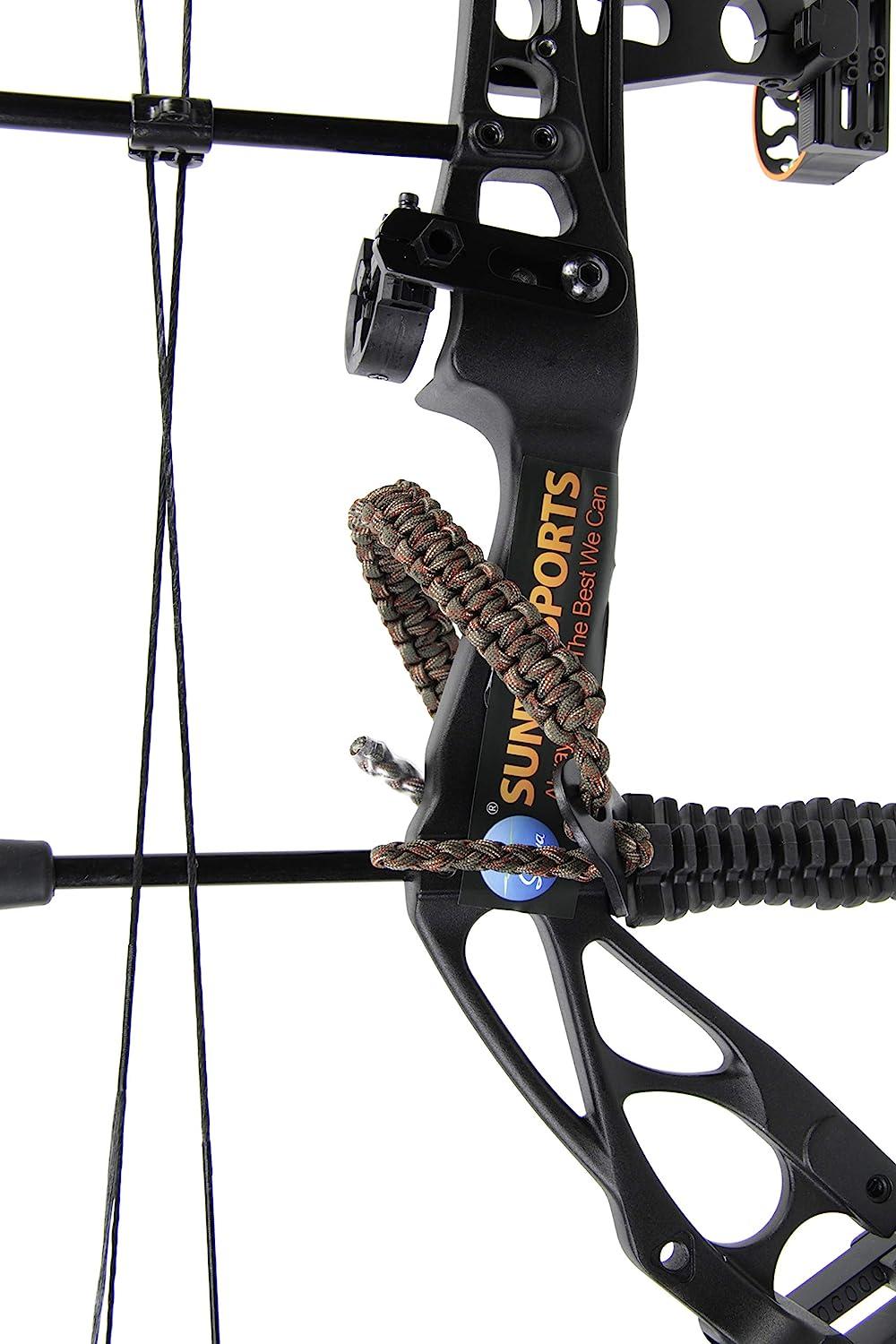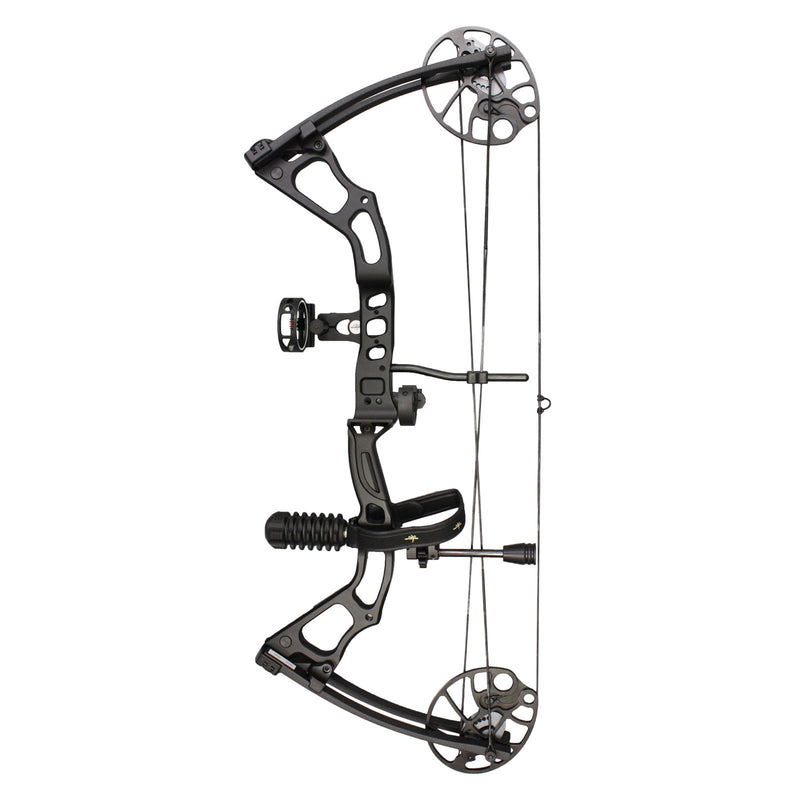Optimize Your Archery Accuracy With These Bow Stabilizer Methods
One essential component that can considerably impact your efficiency is the correct use of bow stabilizers. Whether you are a seasoned archer looking to refine your skills or a novice anxious to improve your precision, grasping these bow stabilizer techniques can be the secret to hitting your mark with unequaled consistency.
Advantages of Making Use Of Bow Stabilizers
Using bow stabilizers can dramatically enhance an archer's accuracy and overall efficiency by reducing bow torque and resonance. Bow torque, caused by the unequal distribution of weight in the bow, can lead to disparities in shot positioning. By connecting a bow stabilizer, the weight is rearranged, minimizing the effects of torque and helping the archer achieve a much more constant shot. Furthermore, bow stabilizers wet resonance, which not only boosts the comfort of capturing but additionally avoids the bow from leaping upon launch, therefore aiding in keeping correct goal.
Additionally, bow stabilizers can assist in holding the bow constant, especially throughout gusty problems or when shooting from longer ranges. The included weight at the front of the bow offers stability and equilibrium, enabling the archer to concentrate on aiming without the disturbance of bow motion. On the whole, the advantages of utilizing bow stabilizers prolong beyond simply accuracy, boosting the archer's experience and efficiency in various shooting scenarios.
Selecting the Right Bow Stabilizer
Selecting the ideal bow stabilizer is vital for maximizing your archery tools and enhancing shooting performance. Heavier stabilizers can aid lower bow torque and take in more vibration, leading to a steadier purpose.

Last but not least, think about the design of the stabilizer. Some stabilizers come with adjustable weights or dampeners that permit you to customize the equilibrium and feel of your bow. Ultimately, picking the right bow stabilizer includes discovering an equilibrium between weight, size, design, and material to improve your capturing precision and overall performance.
Appropriate Installment Strategies
To ensure optimal performance and security in archery, understanding correct installation methods for your bow stabilizer is crucial. The first action in setting up a bow stabilizer is to identify the right positioning on your bow.
Next, securely attach the stabilizer to the bow original site using the ideal placing equipment. Some stabilizers come with flexible weights that can be added or removed to fine-tune the equilibrium of your bow.

Readjusting Stabilizer Weight and Size
After guaranteeing the proper installation of your bow stabilizer, the next action involves adjusting the weight and length to optimize its efficiency in boosting archery precision. The weight of the stabilizer plays a crucial duty in decreasing bow activity throughout the shot cycle.
When it involves stabilizer size, discovering the best balance is key. A longer stabilizer can provide better security by boosting the distance between the bow and the weight at the end of the stabilizer. This included range enhances the stabilizing result, particularly in windy conditions or when contending longer ranges. On the other hand, a shorter stabilizer offers extra ability to move and may be preferred by archers who value agility and fast motions during capturing.
Advanced Stabilizer Tuning Tips
Achieving ideal bow stability and precision in archery requires a nuanced approach to sophisticated stabilizer tuning. Advanced stabilizer adjusting entails fine-tuning numerous elements to enhance the bow's equilibrium, minimize vibration, and boost general accuracy.
An additional crucial facet of advanced stabilizer tuning is maximizing the damping buildings of the stabilizer system. This can be accomplished by including additional moistening accessories such as rubber dampeners or harmonic stabilizers to additionally lower vibration and sound. Checking out various materials for the stabilizer click here for info building and construction, such as carbon fiber or aluminum, can likewise affect the bow's performance by modifying its weight distribution and stiffness. By diligently fine-tuning these advanced stabilizer elements, archers can maximize their accuracy and consistency on the variety or in competitors.
Conclusion
In conclusion, taking full advantage of archery accuracy can be attained with the correct choice, installation, and change of bow stabilizers. Overall, incorporating bow stabilizers right into archery practice can lead to improved performance and increased precision.
Making use of bow stabilizers can substantially enhance an archer's accuracy and total performance by lessening bow torque and vibration. Longer stabilizers offer better stability and balance, address specifically for long-distance shooting, while shorter stabilizers supply more flexibility and are easier to navigate in limited rooms (bow stabilizer). Carbon fiber stabilizers are sturdy and lightweight, while aluminum stabilizers are durable and give excellent vibration wetting
A longer stabilizer can give greater stability by boosting the range in between the bow and the weight at the end of the stabilizer.Another important facet of advanced stabilizer tuning is optimizing the damping properties of the stabilizer system.